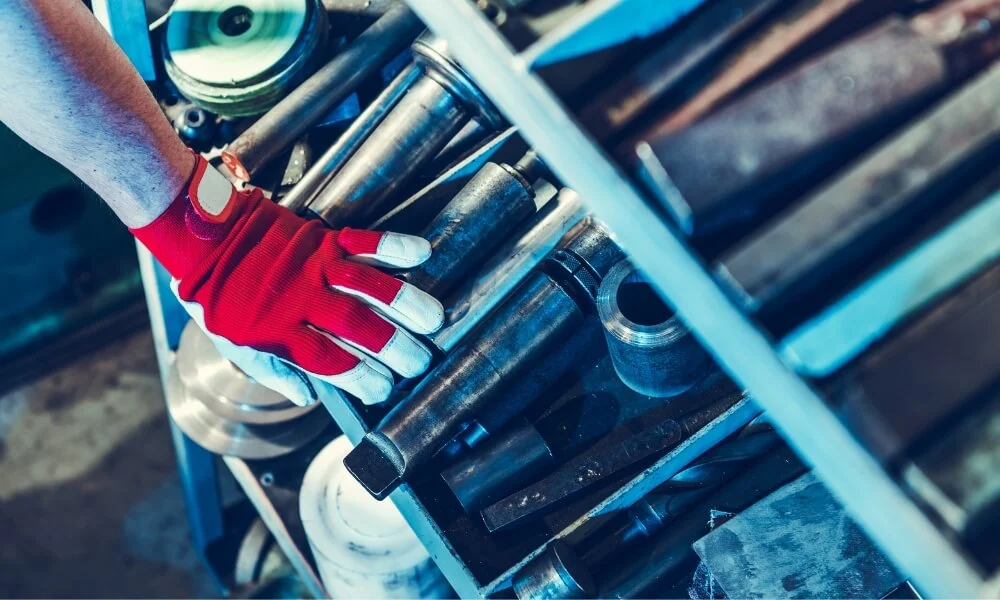Tool Inspection
In the realm of third-party surveillance and product quality inspection, tool inspection is a critical process that ensures tools meet stringent standards and specifications. This service focuses on verifying the integrity, functionality, and compliance of tools used in various industrial sectors, such as manufacturing, construction, and aerospace.
Tool inspection encompasses a range of procedures designed to ensure that each tool is fit for its intended purpose. This includes visual inspections, dimensional checks, hardness testing, surface finish evaluations, and material analysis. The goal is to identify any defects or discrepancies that could compromise the safety and performance of tools in operational environments.
For quality managers and compliance officers, tool inspection is essential for maintaining high standards within their organizations. It helps prevent costly mistakes by ensuring that all tools meet the necessary requirements before they are deployed. R&D engineers benefit from this service as it allows them to validate new designs against established benchmarks. Procurement teams can leverage tool inspection services to ensure vendors supply products that adhere to company specifications.
The process of tool inspection typically begins with a review of technical documentation and specifications provided by the manufacturer or supplier. This document serves as the basis for determining what aspects of the tool need to be inspected. Following this, tools undergo various tests depending on their specific type and application. For example, cutting edges may require hardness testing using Rockwell scales while bolts might need torque verification.
Accurate measurement and inspection are paramount in ensuring reliability across all types of tools. Precision metrology plays a crucial role here by providing reliable data that supports decision-making processes related to tool acceptance or rejection based on predetermined tolerances.
Compliance with relevant international standards such as ISO 9001, ASME PCC, and ASTM F3256 is mandatory for any reputable lab offering tool inspection services. These guidelines provide a framework within which laboratories can operate consistently across different jurisdictions ensuring consistent results regardless of location.
By adhering strictly to these standards, labs ensure that their findings are universally accepted by stakeholders involved in the supply chain process. This not only enhances trust but also facilitates smoother operations throughout the entire lifecycle of tools from design through production and maintenance phases.
Applied Standards
Scope and Methodology
The scope of tool inspection services includes detailed examination and testing of tools to verify their conformity with specified technical requirements. The methodology involves several key steps:
- Documentation Review: Initial assessment based on provided documentation.
- Visual Inspection: Examination for visible defects or anomalies.
- Dimensional Checks: Measuring critical dimensions against tolerances specified in the design documents.
- Hardness Testing: Determining hardness levels using appropriate scales like Rockwell C.
- Surface Finish Evaluation: Checking smoothness and finish quality to ensure it meets customer expectations.
Use Cases and Application Examples
Manufacturing: Ensuring that cutting tools are sharp enough to perform efficiently without causing damage to the workpiece.
Aerospace: Verifying critical fasteners like bolts and nuts for aerospace applications meet stringent safety standards.
BUILDING AND CONSTRUCTION: Guaranteeing that welding rods used in infrastructure projects comply with local building codes.





